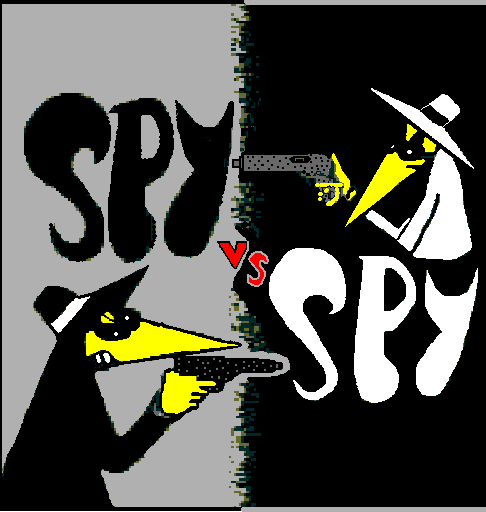|
|
What persuasive appeals are made in a commercial? How do they get you to buy that? Or go there? Or do that? This project examines how commercials use persuasive appeals. -------------------------------------------------------- Here are some links re: Mythos, since it isn't something often included in traditional Public Speaking texts. Definitions: The pattern of basic values and attitudes of a people, characteristically transmitted through myths and the arts; the interrelated set of beliefs, attitudes, and values held by a society or cultural group; as a method of persuasion, appealing to traditions, values and beliefs shared by a cultural group as a means of connecting with and moving the audience to accept proposed ideas. http://www.answers.com/topic/mythos http://encarta.msn.com/dictionary_1861632246/mythos.html Other related materials: Short discussion of mythos in the context of rhetoric and modes of discourse: http://www.moonstar.com/~acpjr/Blackboard/Common/Glossary/ModesDiscourse.html Katherine Robert paper discussing mythos as a mode of appeal; see pages 8-9 for her discussion of connections between Dove's logo, its connotations, the company's claims, and beauty: http://72.14.253.104/search?q=cache:usm_5NbStacJ:https://ritdml.rit.edu/dspace/bitstream/1850/1939/7/KRobertKearse2006.pdf+mythos+persuasion&hl=en&ct=clnk&cd=9&gl=us Analysis of the use of myth (in various forms) to persuade and communicate: http://www.unique-design.net/library/myth/myth.html ---------------------------------------------------
Communication Analysis Project Monterey Peninsula College Daniel S. Fox, Ph.D. Task: - Your group will (a) choose and record a full-length commercial, (b) conduct an analysis of its persuasive appeals and arguments, (c) write a short paper summarizing that analysis, and (d) present those findings to the class using the recorded sample.
- Purposes: To (a) encourage learners to use their analytic and critical skills to examine modern persuasive communication, (b) provide an opportunity for learners to apply creative solutions to the presentation of their results, and (c) provide a problem-solving exercise that combines course concepts, teamwork skills, and presentational skills.
Analysis tools: - The group will use Aristotle’s three persuasive dimensions of (a) Logos, (b) Pathos, and (c) Ethos, and the additional dimension of (d) Mythos.
- The object will be to determine how the senders of the communication (company, organization, etc.) intend to persuade the audience.
- Determine what methods of persuasion they use (of the above four dimensions), how they use them (i.e., what arguments are being made), and what impact you think those messages have on the intended audience (which you must first identify).
Other stipulations: - Time limits: the presentation should be between 10-15 minutes.
- MS Powerpoint must be used in this presentation, although that does not limit the use of other types of visual aids.
- The commercial must be one that was used in the US, and not banned here or elsewhere. A copy of the commercial must be made available to the instructor by the end of the presentation (either digital or VHS are acceptable, although digital is preferred).
- It is expected that your presentation will demonstrate appropriate presentational strategies and practices, such as
1. the use of visual aids (i.e., overheads, handouts, poster board), 2. a clearly organized presentation (preview, body of main points, and a summary), and 3. clear delivery (articulation, pronunciation, volume, pitch, rate, eye-contact, appropriate use of gestures and movement).

|
|
|
|
